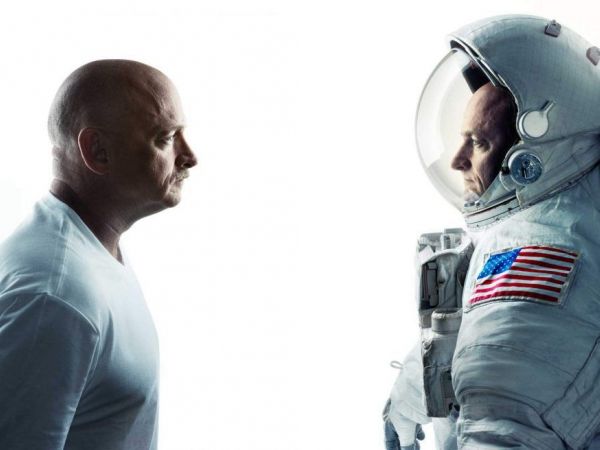Year In Space Affected Astronaut's Genes: NASA Scott Kelly spent a year on the International Space Station. The experience allowed NASA to study the effects of long-term space travel.
By Daniel Hubbard (Patch Staff) - January 30, 2017 3:03 pm ET

Astronaut Scott Kelly's year in space gave scientists a view into just how long-term space travel could affect the human body — including our genes — and basic bodily functions, including regular blood sugar levels.
Scott Kelly, a New Jersey native, spent 340 days in outer space aboard the International Space Station while his twin brother Mark, stayed on earth. This gave NASA and researchers the opportunity to compare the effect the trip had on Scott's body, down to the molecular level. The brothers are now retired from the space program.
The data will help NASA plan out taking humans to Mars, a round trip that would take 500 days, and give new insights into how the human body adjusts to isolation, radiation, stress and weightlessness.
Data was taken before, during and after Scott Kelly went to the space station in March 2015. NASA had blood and other biological samples taken from each man.
Preliminary data shows that the twins had observable differences in the way information is copied from a gene and used to support cell functions, like creating insulin to help control blood glucose levels. Such processes are affected by environment and the process can be changed depending on changes in one's sleep cycle, diet or environment, such as spending a lot of time in a weightless environment.
That process of DNA methylation decreased during Scott Kelly's time in space and increased in Mark Kelly throughout the same period. Scott Kelly's levels returned to his pre-flight status after he returned to earth.
“The greatest importance of the study is to show that we can do it,” Andrew Feinberg, a geneticist at Johns Hopkins University, who was part of the team that performed the study, told PBS.org. “I don’t think people realized it would be so easy to do genomics on astronauts in space.”
More results are expected to be released in the coming months. The Kelly twins have the right to examine the information before it is made public.
Kelly tweeted 1,000 pictures while on the ISS, taking advantage of the space station’s unique vantage point. With an orbital path that covers more than 90 percent of Earth’s population, Kelly captured some breathtaking images of Earth.
Other highlights include Kelly s howing the world the first flower grown in space and eating the first lettuce grown in space. |





